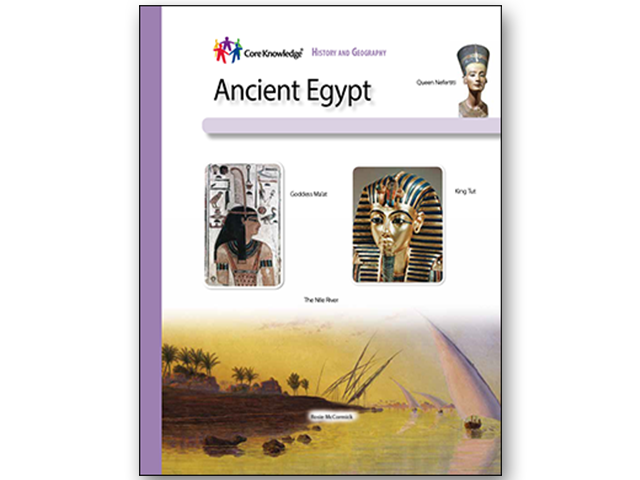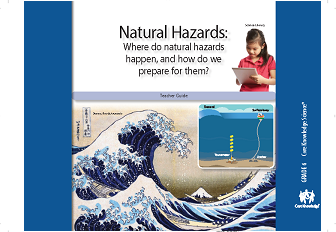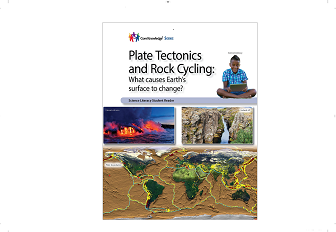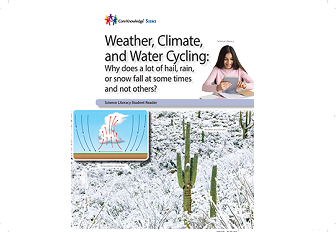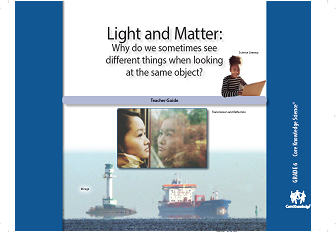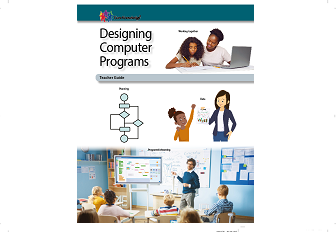About This Lesson
The Core Knowledge History and Geography series continues its explorations of ancient civilizations with Ancient Egypt. This K-2 unit begins with a look at the physical geography of Egypt, specifically the Nile River, as well as the culture and beliefs associated with the ancient Egyptians.
In the Ancient Egypt unit, students learn that in ancient times, Egypt depended on the yearly flooding of the Nile. The Nile valley provided abundant resources that allowed the culture of ancient Egypt to flourish, and this civilization became known as the “gift of the Nile.” Students also explore who the pharaohs were, as well as the lives of everyday people in ancient Egypt. They learn about the pyramids and the mummies buried there, about gods and goddesses honored by the ancient Egyptians, about the Egyptian writing known as hieroglyphs, and about the famous pharaohs Tutankhamen and Hatshepsut.
The unit contains a colorfully illustrated Student Book, to be read aloud, and a Teacher Guide. The Teacher Guide includes background knowledge for the teacher, vocabulary terms, and suggestions for additional activities including maps and a look into the physical geography of the area, as well as an assessment section. It also includes a "Passport" with images to cut out and paste, which serves as a reminder of their travels through time and space in Ancient Egypt.





